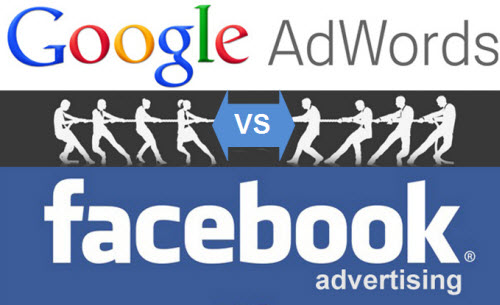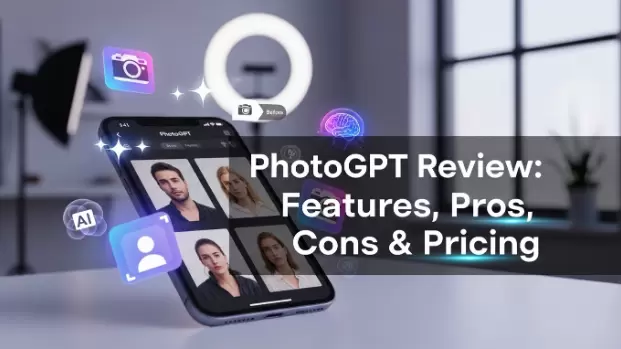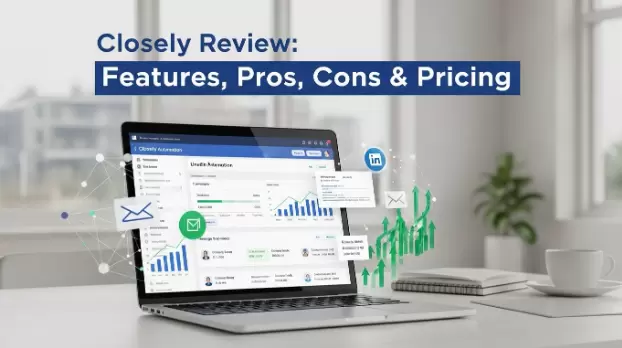One may think that the era of the internet is starting to wane a bit, but the truth is that it is still growing even as of today. Now several organizations can reach out to a whole new batch of customers that they never knew they had. Getting customers over to their site or driving traffic to be precise, has never been more rewarding.
Today, the two most popular tools for driving traffic are Google AdWords and Facebook Ads. These two have been going head to head for a couple of years now. Even though there are some similarities, each of them differs with the kind of business you run, the budget you have, your goals and whom you are targeting.
Let’s take a closer at some of those differences down below.
Reach
- Facebook Ads: Facebook has over 1.28 billion monthly active users with over 1 trillion page views a month and a potential reach of 43.8% of all internet users.
- Google AdWords: Google AdWords has a wider reach of 2.8 billion users a month, with over 180 billion Google monthly searches and a potential reach of 90% of all the world’s users.
Timing
- Google AdWords: With Google, your ad is search-related. It means that your potential customer is likely searching for a product or service that they want to buy.
- Facebook Ads: Facebook lacks the astounding search capabilities of Google. However, Facebook can create a certain interest within the community that will organically show results in the future.
Targeting Options
- Facebook Ads: Facebook targets customers where they live, specifically based on country, state/province, zip code, city, and phone number. It also targets based on recent actions such as likes, hobbies, pages liked on Facebook and the devices that were used to access the platform.
Facebook targets future prospects based on similarities to current fans, visitors, and customers. It also targets bounced traffic from your website or landing pages. - Google AdWords: Google allows you to target customers by country, region, or any place where they can search for you. It can also make use of relevant keyword prospects. You may want to exclude negative keywords to enhance your audience targeting.
Pinpoint Targeting
- Google AdWords: AdWords may be the world’s most popular PPC advertising platform, but it helps businesses find new customers solely based on keywords.
- Facebook Ads: With Facebook Ads, you can be specific about the people who wish to see your ad. Paid social helps users locate businesses based on the things that interest them and how they behave online. In the end, a narrowly targeted audience equates to a lower cost per click.
Engagement
- Google AdWords: While Google is able to provide users a rating system, they fall short when it comes to customer engagement.
- Facebook Ads: If there’s one thing that Facebook excels at more than other platforms, it is engagement. It is the very element that leads to the success of the platform. Users can not only provide their ratings for a product and service but can also ask questions, additional information and get by anticipated objections.
It is not rocket science that brand engagement is the very thing that drives sales and increases customer loyalty.
Local Business
- Facebook Ads: Facebook is not really so high on the GPS department, so it falls short here.
- Google AdWords: With the aid of Google’s smart GPS tracking app Maps, people can easily look for the nearest hotel to stay for the night or gas station for a meal. Customers can especially take advantage of this while they’re in their car using their smartphones to guide them there.
Author Bio: Katey Martin works as a Freelance Content Writer for UK Essay writing firm. She writes mainly on social media marketing and a range of other topics. She is an avid reader of comics. Find her on Facebook | Twitter | Google+.


 Table of Content
Table of Content











